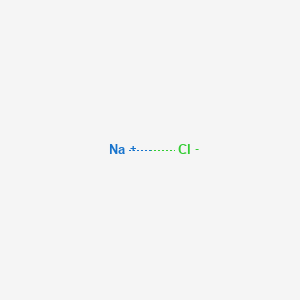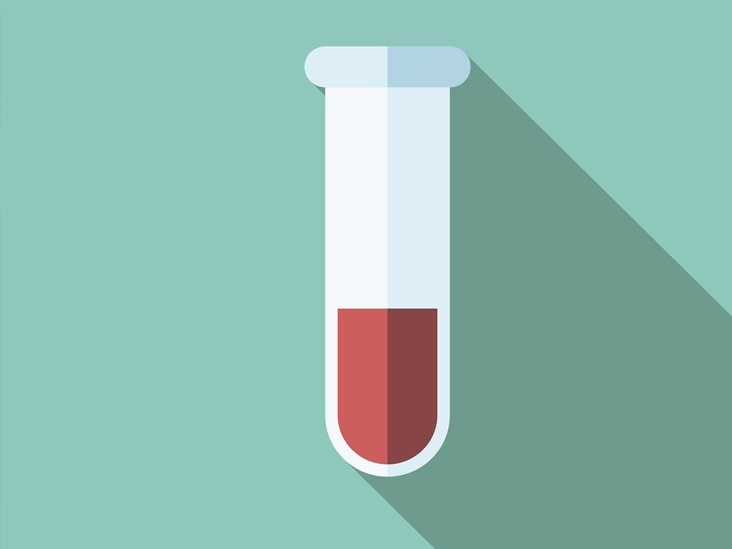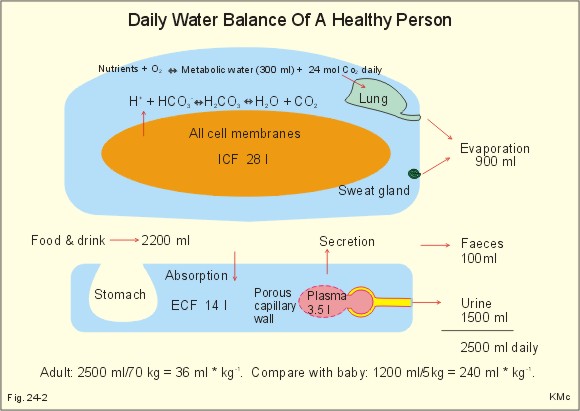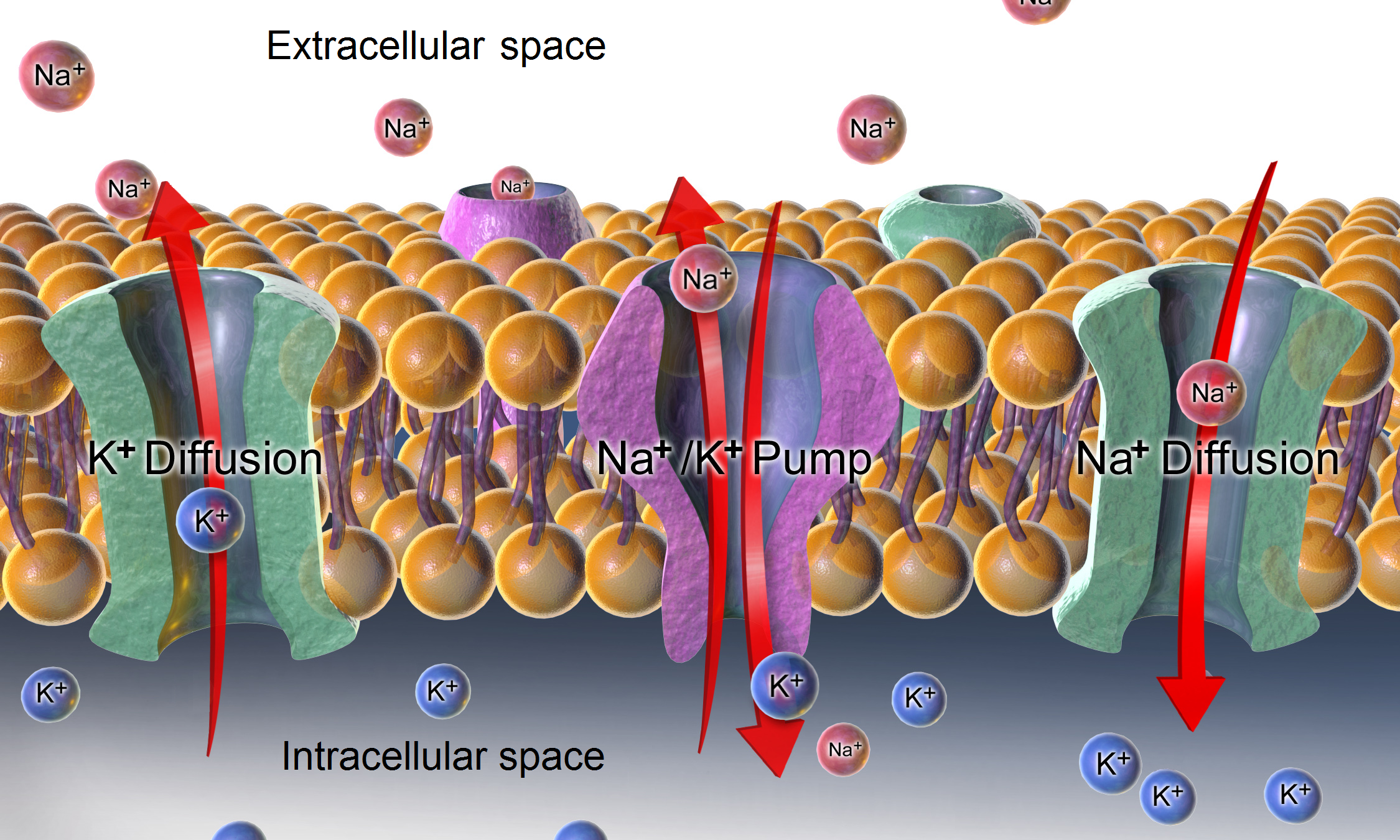
Body Sodium Measurement
Table salt is 40 percent sodium and 60 percent chloride. Sodium ise probe by hach testing sodium by flame photometer. Milligrams of salt x 040 milligrams of sodium. Its easy to understand why. Many possible conditions and lifestyle factors can lead to hyponatremia including. A normal blood sodium level is between 135 and 145 milliequivalents per liter meql.
Rectangle a rectangle is a woman whose body shape means having waist measurements that are less than 9 inches smaller than the hip or bust measurements. Get your sodium total then divide by 7 to get your average daily sodium intake. A sodium blood test is pretty straightforward. Its also called a serum sodium test. An alternative method to test sodium is by a flame photometer these are benchtop units and cannot be used for portable testing but they do offer very high accuracy and can measure a range of sample types including clinical samples. Calculate the sodium content with this formula.
It measures the amount of sodium in your blood. So you are not particularly curvy your waist is not well defined and your weight is fairly distributed throughout the bodythis shape of the body is also called as the straight or ruler body. So a 50kg person would contain around 200g of sodium chloride around 40 teaspoons. Hyponatremia occurs when the sodium in your blood falls below 135 meql. The result is your salt intake. For example if you consumed 10 milligrams.
A sodium blood test is a routine test that allows your doctor to see how much sodium is in your blood. Its estimated that your body only needs 186 mg of sodium per day to function properly. Sodium can be sneaky. Dan down by email the human body contains many salts of which sodium chloride aka common table salt is the major one making up around 04 per cent of the bodys weight at a concentration pretty well equivalent to that in seawater. Once you have your daily sodium intake number multiply that number by 25. Sodium is an essential mineral to your body.
Sodium is key to helping send electrical signals between cells and controlling the amount of fluid in. It slinks into soups and sandwiches and cozies up to cold cuts and cured meats. Most people consume about 3400 milligrams of sodium a day more than twice the sodium intake recommended by the american heart association. This will be a more accurate number than if you simply track your sodium intake for 1 day.
Random Post
- tyson gay body measurement
- nadia jamil body measurements
- measurement to bra size converter
- bra cup measurement chart
- patricia heaton body measurement
- lavanya tripathi body measurement
- megan boone body measurement
- body fat measurement using calipers
- barbara palvin body measurement
- laura dern body measurement
- vishal body measurement
- body measurements female fitness models
- lea michele body measurement
- taylor momsen body measurement
- haley bennett body measurement
- us body measurement conversion
- twice sana body measurement
- rowan blanchard body measurement
- yash anand body measurements
- yanita yancheva body measurements
- sugandha mishra body measurement
- beachbody body measurement sheet
- katherine langford body measurement
- greek god body measurements
- pragya jaiswal body measurements
- bio body measurement
- maya ali body measurement
- measurement good body shape
- best bra measurement
- manisha yadav body measurement
- human body vibration measurement
- body and skin temperature measurement
- vanna white body measurement
- tyra banks body measurement
- body measurements armhole
- cm punk body measurements
- aoc body measurement
- connie britton body measurement
- body measurements goal calculator
- anmol gagan maan body measurement
- narendra modi body measurement
- kristine froseth body measurement
- clc body measurements
- buy body measurements
- angela kinsey body measurement
- nike body measurements
- body measurement charts for weight loss
- female body measurement guide
- how to take measurement of bra size
- tyron woodley body measurements








































